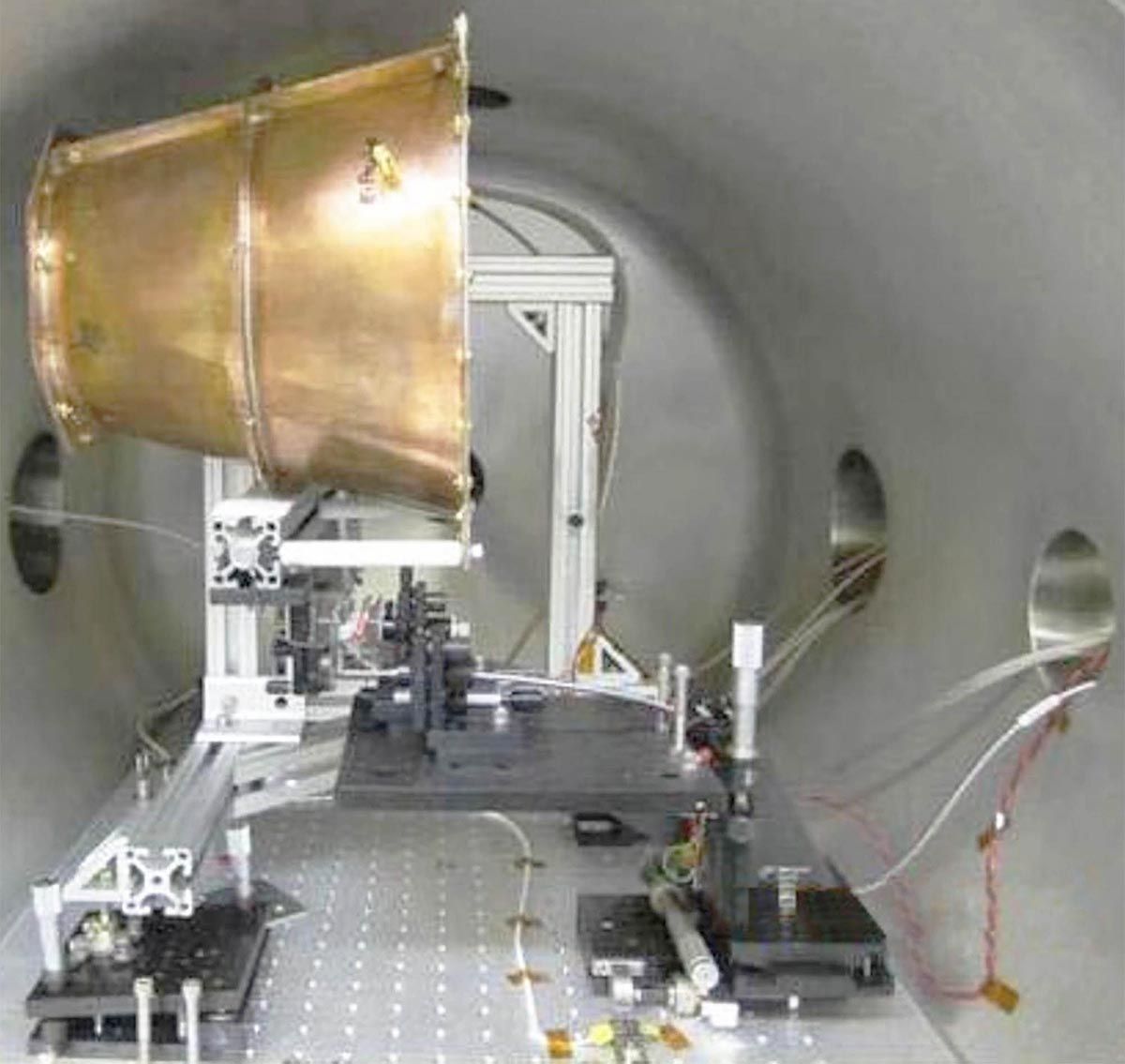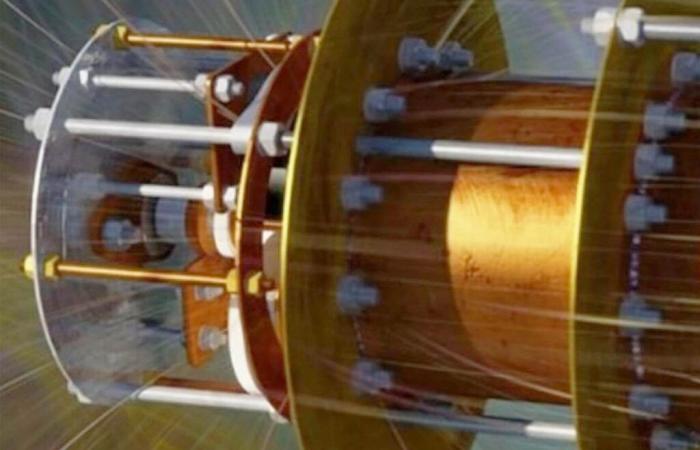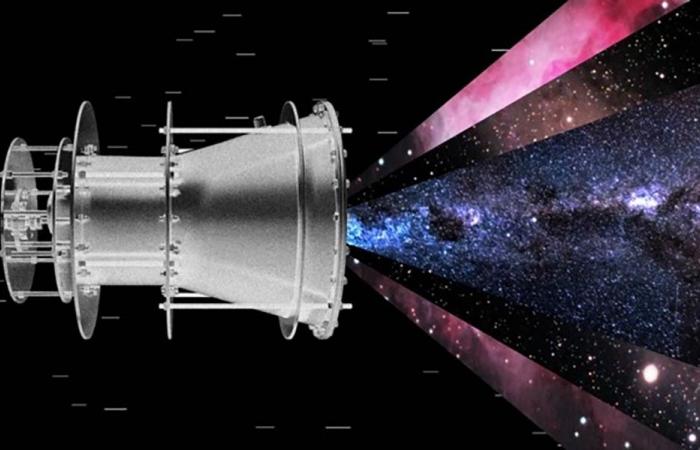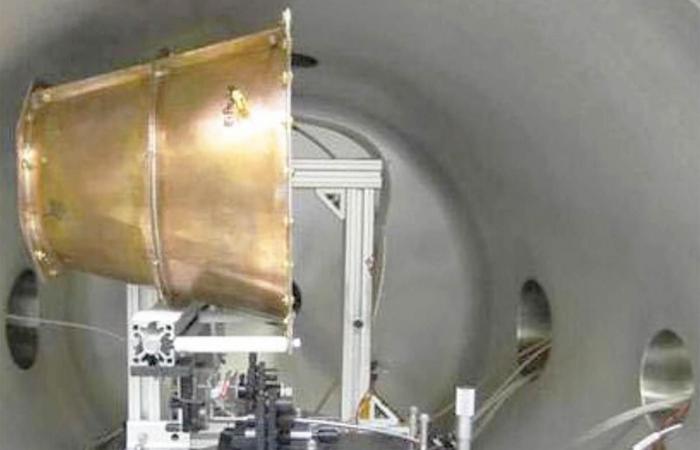The difficulty of spaceflight lies in the need to overcome earth's gravity and reach the orbital speed while carrying a very heavy load. The heavier the payload, the more fuel is required to generate the necessary thrust. This increase in fuel in turn causes an increase in the overall weight of the launch vehicle, which creates a Complex design cycle and limitations.
Engines using fuelswhatever they are, do not solve this problem. The same goes for electric motors, which require big and heavy batteries to power them, which makes space operations very complex. Added to the technical difficulties is the economic cost. Faced with this situation, NASA has developed a controversial space engine that does not require fuel.
The electromagnetic motor and its many controversies
EmDrive is a space propulsion concept that has sparked much debate and controversy within the scientific community. It was proposed by the British engineer Roger Shawyer in 2001. The idea behind EmDrive is the ability to generate thrust without the need for propellants or traditional fuel, which would be revolutionary for space travel.
The physical concept behind EmDrive is that when microwaves are generated and reflected inside a closed cone-shaped cavity, they can produce a thrust towards one of the ends of the cone. According to the traditional laws of physics, in particular the law of conservation of momentumthis should not be possible because there is no outward mass ejection (as in conventional rocket engines).
This is why the EmDrive has been the subject of several tests, including some carried out by NASA in 2016, during which thrust measurements were obtained, although extremely low.
Scientists at NASA's Eagleworks Laboratories have developed and tested a device they call EmDrive that defies the conventional laws of physics. It generates its driving force by producing microwaves in a closed conical cavity, all without requiring fuel.
These results prompted lots of enthusiasm because, if confirmed, they could be a game-changer in the field of space exploration. However, they were also met with skepticism.
Independent tests and subsequent studies suggest that the observed results could be due to other, more “simple” effects, such asinterference of electromagnetic forces unrelated to propulsion or measurement errors.

Does this new research put an end to the controversy?
In this scenario, there is still no consensus within the scientific community on whether the EmDrive actually works as a viable propulsion system or whether the results are due to experimental errors.
A team of independent German researchers from Dresden has built a prototype of EmDrive, with which they are trying to draw conclusions about this controversial effect detected by NASA.
The group led by Martin Tajmarfrom the Dresden University of Technology, tested the prototype in a vacuum chamber equipped with a series of sensors and automatic control systems connected to the device. Vibrations, thermal fluctuations, resonances and other potential sources of impulse were controlled, but they did not fully protect the device against the effects of the Earth's magnetic field.
When they activated the system and cut power to the booster to prevent microwave bounce, the 'EmDrive was able to generate a thrustwhich it should not have done if it worked as NASA claims.
The researchers' provisional conclusion is that the effect recorded is the result of the interaction between the earth's magnetic field and the camera's electrical cables, a conclusion other experts agree with.
“The impulse does not come from the EmDrive, but from the electromagnetic interaction,” they announced at a recent space propulsion conference where they presented their results. “In the case of the EmDrive, interactions with the Earth's magnetic field seem to be the most compelling candidate to explain the small pulses observed,” says Jim Woodward from California State University, Fullerton. Mr. Woodward theoretically developed his own thruster, called a Mach thruster, which was also tested by Mr. Dresden's group.
A report
This component, neglected in electric vehicles, increases efficiency by 10% and reduces noise by 50%.
This result suggests that NASA's original concept and EmDrive are flawed. However, Mr Woodward is not prepared to dismiss the idea just yet. To determine what is happening in the EmDrive, you would have to enclose the device in a shield made of mu-metalwhich would isolate it from the planet's magnetism. It is a ferromagnetic alloy specially designed to provide high magnetic permeability.
Besides the absence of this shield, which was not part of the original tests, the Dresden laboratory tests were carried out at very low energy levels, meaning that “any real signal would likely be masked by noise from from parasitic sources,” he explains. All these arguments suggest that the initial results could also be the consequence of magnetic field leaks.
The debate is not SO not closed; Stronger and more complete evidence is needed to definitively resolve the controversy.








